A novel cobalt (Co)- and nickel (Ni)-based high-entropy superalloy (CoNi-HESA) capable of withstanding higher operating temperatures could prove a step toward more powerful and fuel-efficient aircraft engines.
The development and manufacture of the new CoNi-HESA is outlined in a recently published article in Materials & Design: Laser powder bed fusion of a novel CoNi-based high entropy superalloy.
Importantly, the researchers involved were able to optimise the material’s design for additive manufacturing via Laser Powder Bed Fusion (LPBF) techniques. This enables the fabrication of components with fewer defects and a more homogenous microstructure, among other benefits.
“The aerospace sector has long recognised the critical importance of increasing the maximum operating temperature of aircraft engines to enhance engine efficiency,” says Prof. José Manuel Torralba, Senior Researcher at IMDEA Materials and one of the authors involved in the publication.
“As such, significant efforts have been devoted to the development of advanced metallic and intermetallic materials with exceptional performance capabilities.”
Operating aircraft engines at higher temperatures increases thermal efficiency and thrust, leading to better fuel economy and performance.
However, this demands materials that can withstand extreme heat and stress without degrading. Ni-based superalloys have been at the forefront of jet engine manufacture in this regard for decades, owing to their remarkable high-temperature qualities.
Cobalt-based superalloys, meanwhile, offer excellent corrosion and oxidation resistance.
However, the ability of engineers to take advantage of these properties in designing and building jet engines has been restricted by their relatively poor high-temperature strength compared to their Ni-based counterparts.
By combining the outstanding properties of the two superalloy families, researchers were able to create the new CoNi-HESA which demonstrates both superior ductility and high-temperature strength.
This pioneering work resulted from the European Marie Sklodowska Curie Actions project CNSTech, led by former IMDEA Materials researcher, Dr. Ahad Mohammadzadeh.
Fellow authors include Alessandro De Nardi (ex-IMDEA Materials), awarded best master’s thesis at the 2024 Euro PM conference for his related research, Prof. Torralba, and Dr. Amir Mostafaei from the Illinois Institute of Technology.
“With a careful combination of laser power and scan speed in the LPBF process, the developed CoNi-HESA is well-suited for crack-resistant, high-density component production,” says Prof. Torralba.
As well as the ability to control the laser power and scan speed to reduce the temperature gradient and cooling rate of the printed component, the employed LPBF technique also allowed for preheating the powder bed and/or reducing the layer thickness.
This was also shown to improve the thermal and mechanical properties of the additively manufactured parts
“As a final conclusion, we can state that the hypothesis, namely, that the design of CoNi-based superalloys through thermodynamic predictions based on mixing entropy can substantially improve material properties, has been confirmed.”
“This is very promising for future additive manufacturing applications in fields such as energy, space and nuclear technology.”
